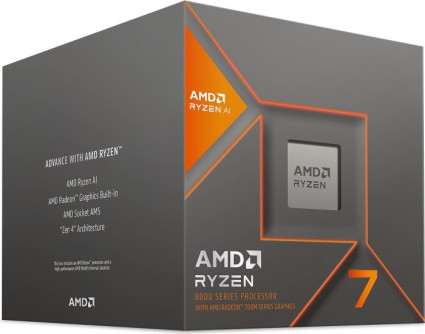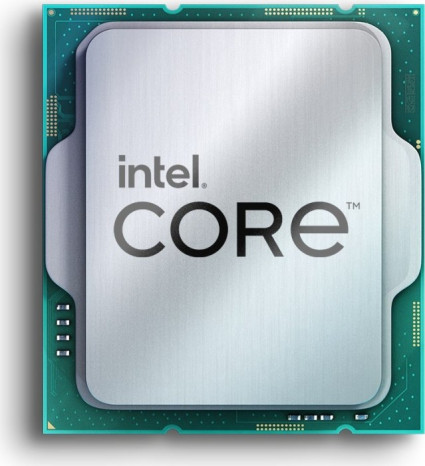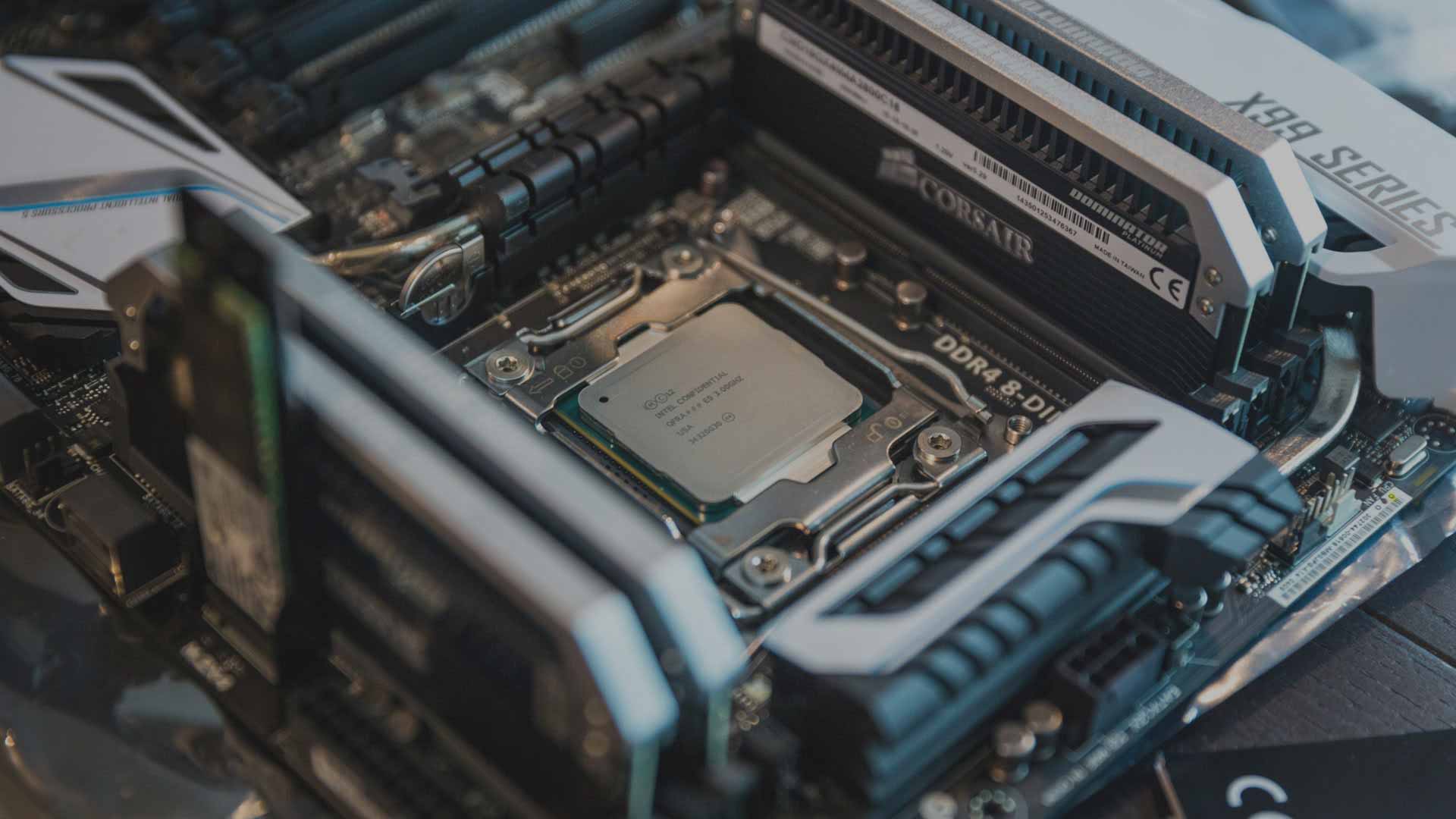
AMD Ryzen 7 8700G vs. Intel Core i5-13400F (B0)
In diesem Vergleich von AMD Ryzen 7 8700G versus Intel Core i5-13400F (B0) vergleichen wir die technischen Daten der beiden GPUs. Welche Grafikkarte ist schneller? Hier gibt es FPS & Benchmarks in Gaming und Anwendungen. Außerdem Daten zu Verbrauch, Effizienz (FPS pro Watt) und Preis-Leistung (FPS pro Euro).

Allgemeine Informationen
| Günstigster Preis |
|
|
| Serie | Ryzen 8000 | Intel Core i-13000 |
| Chip-Architektur | Zen 4 | Raptor Cove (P-Core) + Gracemont (E-Core) |
| Codename | Phoenix | Raptor Lake-S |
| Produktname | AMD Ryzen 7 8700G | Intel Core i5-13400F (B0) |
Spezifikationen
Die Anzahl der Rechenkerne, die maximale Taktrate und die Größe des Cache können sich auf die Leistung in Spielen und Anwendungen auswirken. Mit 8 Kernen bietet der AMD Ryzen 7 8700G deutlich weniger Kerne als der Intel Core i5-13400F (B0) mit 10 Rechenkernen. Der maximale Takt liegt beim AMD Ryzen 7 8700G mit 5.10 GHz etwas höher als beim Intel Core i5-13400F (B0) mit 4.60 GHz. Der Cache ist beim AMD Ryzen 7 8700G mit 8 MB L2-Cache + 16 MB L3-Cache zu 9.5 MB L2-Cache + 20 MB L3-Cache deutlich kleiner als beim Intel Core i5-13400F (B0).
| Kerne (Gesamt) | 8 | 10 |
| Anzahl P-Cores | 8C | 6C |
| Anzahl E-Cores | - | 4c |
| Basis-Takt | 4.20 GHz | 2.50 GHz |
| Takt P-Cores | 4.20 GHz | 2.50 GHz |
| Takt E-Cores | - | 1.80 GHz |
| Turbo-Takt | 5.10 GHz | 4.60 GHz |
| Turbo P-Cores | 5.10 GHz | 4.60 GHz |
| Turbo E-Cores | - | 3.30 GHz |
| Gesamter L2-Cache | 8 MB | 9.5 MB |
| Gesamter L3-Cache | 16 MB | 20 MB |
| Fertigung | TSMC 4 nm | Intel 7 |
| Rechenleistung | - | - |
| Leistungsaufnahme (TDP) | 65W 45W cTDP-down |
65W (Processor Base Power) 148W (Maximum Turbo Power) |
Mainboard-Kompatibilität
Während der AMD Ryzen 7 8700G den AMD AM5 Sockel nutzt, ist der Intel Core i5-13400F (B0) mit Mainboards für den Sockel Intel 1700 kompatibel. Die genaue Chipsatz-Eignung und die unterstützten PCIe-Lanes können Sie der Tabelle entnehmen.
| Sockel | AMD AM5 | Intel 1700 |
| Chipsatz-Eignung | A620, B650, B650E, B840, B850, X670, X670E, X870, X870E (modellabhängig: PRO 600, PRO 665, X600) | B660, B760, H610, H610E, H670, H770, Q670, Q670E, R680E, W680, Z690, Z790 |
| PCIe-3.0-Lanes | - | - |
| PCIe-4.0-Lanes | 20x (verfügbar: 16) | 4x |
| PCIe-5.0-Lanes | - | 16x |
RAM-Kompatibilität
Während Sie beim AMD Ryzen 7 8700G bis zu 256 GB vom Typ DDR5 im Dual Channel verbauen können, unterstützt der Intel Core i5-13400F (B0) bis zu 192 GB DDR4/DDR5 Arbeitsspeicher.
| Speicher-Controller | DDR5 | DDR4/DDR5 |
| Anzahl Speicherkanäle | Dual Channel | Dual Channel |
| max. Speichermenge | 256 GB | 192 GB |
| ECC-Unterstützung | - | - |
Grafik
| iGPU | ✓ | - |
| iGPU-Modell | AMD Radeon 780M | - |
| iGPU-Takt | 2,90GHz | - |
| iGPU-Einheiten | 12CU/768SP | - |
| iGPU-Rechenleistung | 4.45 TFLOPS (FP32) | - |
| iGPU-Architektur | RDNA 3, Codename "Phoenix" | - |
| iGPU-Interface | DP 2.1, HDMI 2.1 | - |
| iGPU-Funktionen | 4x Display Support, AMD Eyefinity, AMD FreeSync 2, AV1 encode/decode, H.265 encode/decode, VP9 decode, DirectX 12.1, OpenGL 4.5, Vulkan 1.0 | - |
Sonstiges
| Freier Multiplikator | ✓ | - |
| Stepping | PHX-A1 | B0/C0, Spec Code: SRMBG/SRMBN |
| Heatspreader-Kontaktmittel | - | Metall/verlötet |
| Temparatur max. | 95°C (Tjmax) | 100°C (Tjunction) |
| Fernwartung | - | - |
| Einführung | 2024/Q1 (8.1.2024) | 2023/Q1 (3.1.2023) |
| Herstellergarantie | 3 Jahre bei AMD® Boxed-Prozessoren (Info EN) | 3 Jahre bei Intel® Tray-Prozessoren beginnend mit den Desktop-Modellen der 12. Generation (Info DE/Info EN) |
CPU-Funktionen
| AES-NI | ✓ | ✓ |
| AVX | ✓ | ✓ |
| AVX2 | ✓ | ✓ |
| Boot Guard | - | ✓ |
| CET | - | ✓ |
| DL Boost | - | ✓ |
| EIST | - | ✓ |
| GNA 3.0 | - | ✓ |
| Idle States | - | ✓ |
| Instruction Set | - | ✓ |
| ISM | - | ✓ |
| MBEC | - | ✓ |
| Optane Memory Support | - | - |
| OS Guard | - | ✓ |
| Secure Key | - | ✓ |
| Speed Shift | - | ✓ |
| SSE4.1 | ✓ | ✓ |
| SSE4.2 | ✓ | ✓ |
| Thermal Monitoring | - | ✓ |
| VMD | - | ✓ |
| VT-d | - | ✓ |
| VT-x | - | ✓ |
| VT-x EPT | - | ✓ |
| XD Bit | - | ✓ |
Spiele
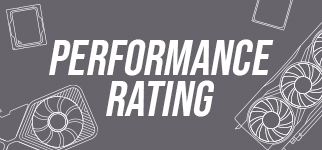
- AMD Ryzen 7 8700GAVG100.00 %1%100.00 %
- Intel Core i5-13400F (B0)AVG91.30 %1%92.09 %

- Intel Core i5-13400F (B0)AVG155.1 FPS1%111.6 FPS
- AMD Ryzen 7 8700GAVG221.4 FPS1%165.1 FPS

- Intel Core i5-13400F (B0)AVG436.9 FPS1%248.5 FPS
- AMD Ryzen 7 8700GAVG478.7 FPS1%279.1 FPS

- Intel Core i5-13400F (B0)AVG120.8 FPS1%83.8 FPS
- AMD Ryzen 7 8700GAVG147.7 FPS1%92.8 FPS

- Intel Core i5-13400F (B0)AVG170.4 FPS1%119.6 FPS
- AMD Ryzen 7 8700GAVG164 FPS1%118.7 FPS

- Intel Core i5-13400F (B0)AVG120.9 FPS1%89.3 FPS
- AMD Ryzen 7 8700GAVG119 FPS1%87.1 FPS
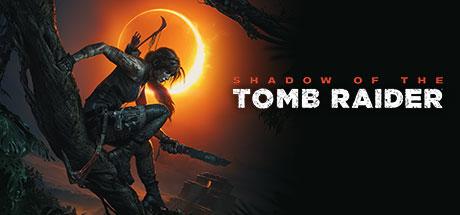
- Intel Core i5-13400F (B0)AVG187.7 FPS1%123.5 FPS
- AMD Ryzen 7 8700GAVG207.6 FPS1%129.4 FPS

- Intel Core i5-13400F (B0)AVG69.4 FPS1%52.1 FPS
- AMD Ryzen 7 8700GAVG75.5 FPS1%58.1 FPS

- Intel Core i5-13400F (B0)AVG211.8 FPS1%128.1 FPS
- AMD Ryzen 7 8700GAVG213 FPS1%126.3 FPS

- AMD Ryzen 7 8700GAVG0.81 FPSIntel Core i5-13400F (B0)AVG1.62 FPS

- AMD Ryzen 7 8700GAVG3.28 FPSIntel Core i5-13400F (B0)AVG2.79 FPS
Produktivität
Produktivität

- AMD Ryzen 7 8700GAVG100.00 %Intel Core i5-13400F (B0)AVG83.88 %

- AMD Ryzen 7 8700GPKT118169 PunkteIntel Core i5-13400F (B0)PKT82986 Punkte

- AMD Ryzen 7 8700GPKT1310 PunkteIntel Core i5-13400F (B0)PKT1230 Punkte

- AMD Ryzen 7 8700GPKT835 PunkteIntel Core i5-13400F (B0)PKT714 Punkte
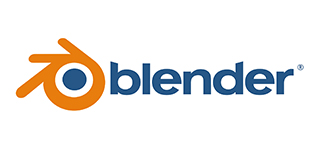
- AMD Ryzen 7 8700GSEK300 SekundenIntel Core i5-13400F (B0)SEK420 Sekunden

- AMD Ryzen 7 8700GPKT1026 PunkteIntel Core i5-13400F (B0)PKT827 Punkte

- AMD Ryzen 7 8700GPKT2607 PunkteIntel Core i5-13400F (B0)PKT2387 Punkte

- AMD Ryzen 7 8700GPKT14334 PunkteIntel Core i5-13400F (B0)PKT12541 Punkte

- AMD Ryzen 7 8700GSEK73 SekundenIntel Core i5-13400F (B0)SEK94 Sekunden
